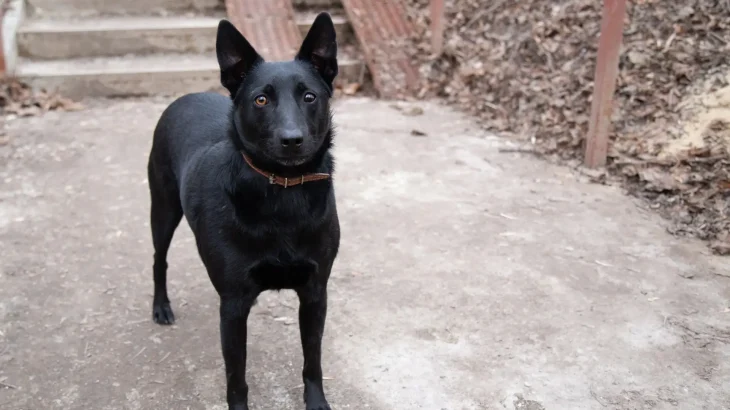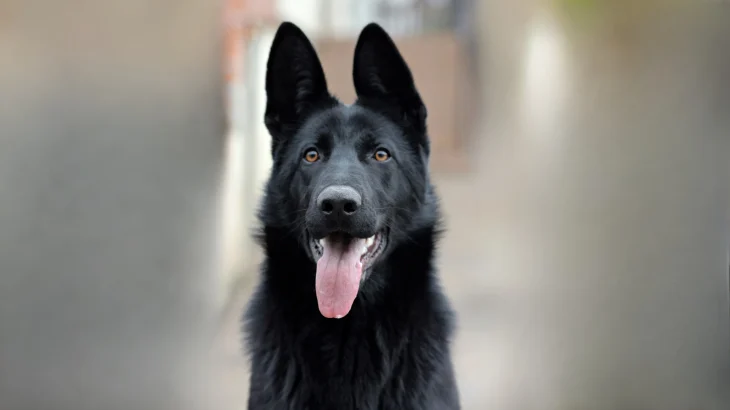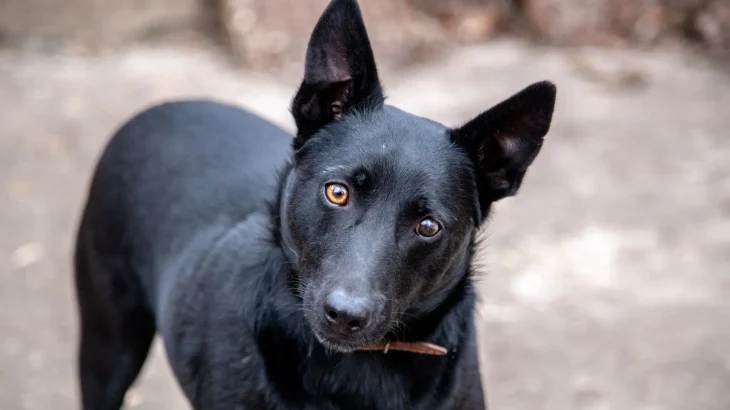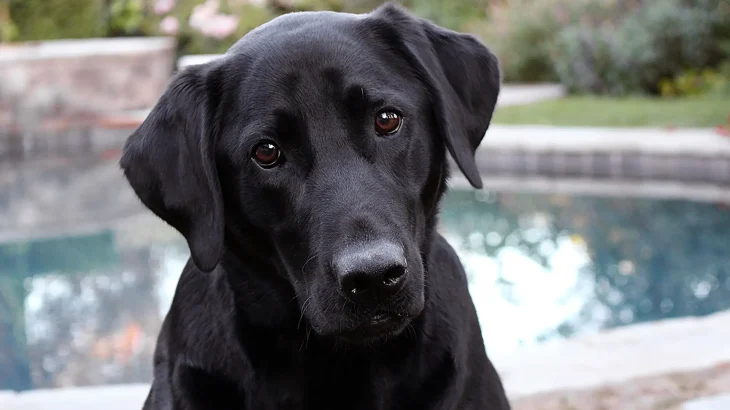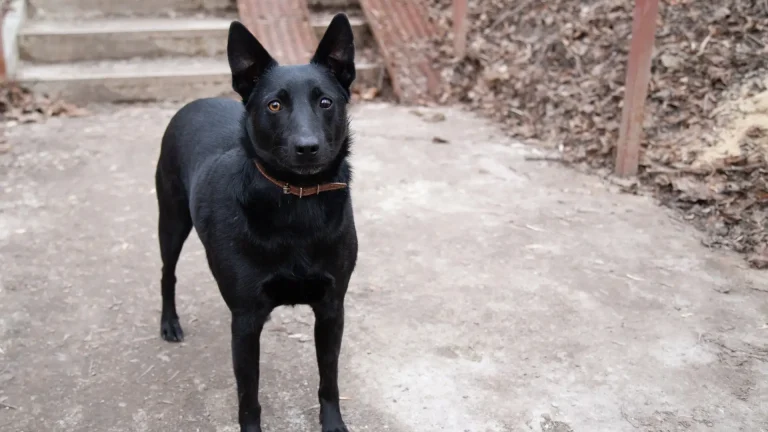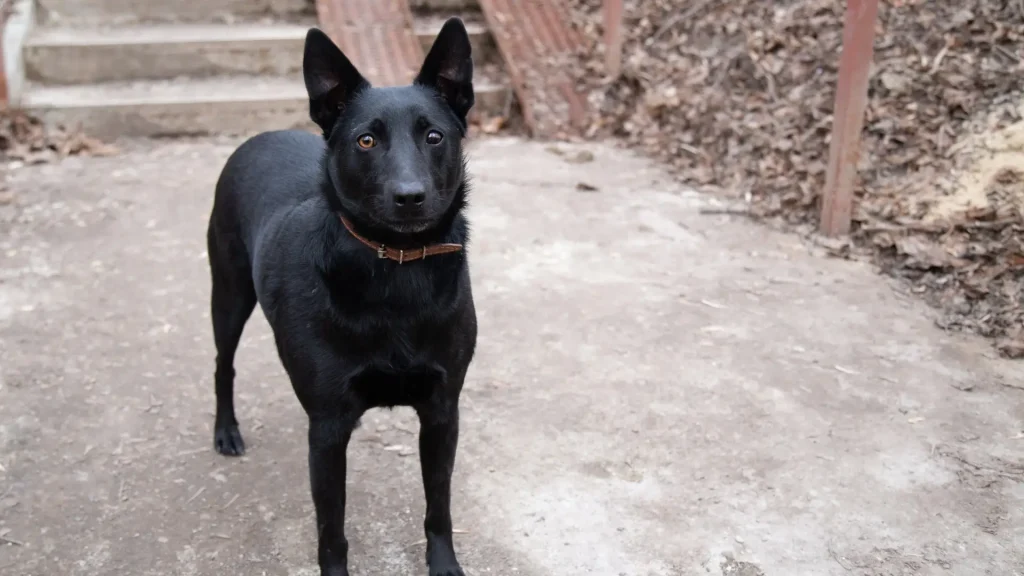Deciding between adopting or buying a Black Norwegian Elkhound puppy involves weighing the predictability of breed qualities against the opportunity to give a dog a second chance. Purchasing from a breeder typically offers clearer insights into health and lineage, while adoption emphasizes rescuing a dog in need but may come with less certainty about background. Both paths have meaningful benefits depending on what matters most to you.
Adoption vs. Breeder: Pros & Cons
| Criteria | Buying from Breeder | Adopting from Shelter/Rescue |
|---|---|---|
| Cost | Higher initial cost for purebred puppies due to breeding expenses and lineage documentation. | Generally lower fees that may include basic veterinary care and vaccinations. |
| Health History | Comprehensive health records and genetic screenings are often provided. | Health history might be incomplete or unknown; shelters usually perform initial health evaluations. |
| Age Availability | Primarily offers puppies, allowing owners to raise them from an early age. | Includes a variety of ages—puppies to adults, offering flexibility in choice. |
| Temperament Insight | Breeders can share information about lineage-based temperament traits. | Shelters provide behavior assessments, though full temperament history may be limited. |
| Supporting Practices | Supports responsible breeding when choosing ethical breeders carefully. | Promotes animal welfare by giving homes to dogs in need and reducing shelter populations. |
| Breed Purity & Pedigree | Offers documented breed purity and pedigree information important for enthusiasts. | Breed purity may be uncertain or mixed; pedigree papers usually unavailable. |

